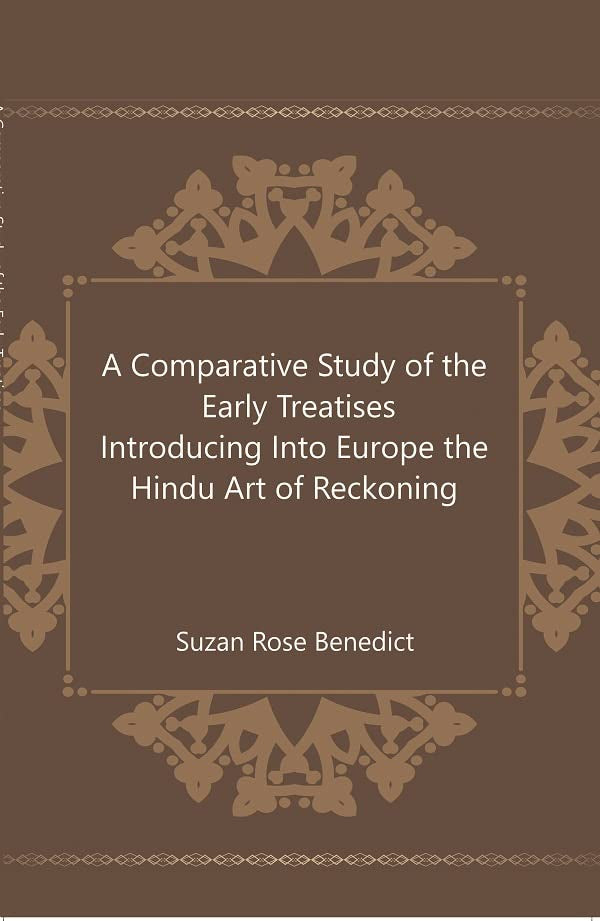A Comparative Study of the Early Treatises Introducing Into Europe the Hindu Art of Reckoning - Paperback
A Comparative Study of the Early Treatises Introducing Into Europe the Hindu Art of Reckoning - Paperback
Couldn't load pickup availability
About The Book : In any stuch of the development of human thought, emphasis is justly laid upon the periods of great discovery, while the centuries in which, through slow evolution, were built the foundations for those discoveries are passed over with a word. Such a period in the development of mathematics we find in the years of transition from the dark ages to the renaissance, when the introduction into Europe of a convenient numerical symbolism furnished one of the most useful tools for the great works of a Descartes or a Newton. Many manuscripts written during this period are among the treasures of the European libraries, and a bibliography of such works was begun by A. A. Bjornbo of Copenhagen, but his earl death prevented its completion, and the results of his research are still unpublished.These arithmetics have been read throughout, but since many of them are long and treat of a variety of subjects, it has been found necessary to limit the scope of this paper to a discussion of the fundamental operations upon integers. Accordingly, the various methods of performing the operations are described, and a comparison of them is made in order to ascertain to what extent the Latin works were derived from Arabic sources and which of the algorisms were most influential in determining the character of later treatises. About The Author : Suzan Benedict(1873-1942) was born in Norwalk, Ohio, the youngest of seven children of David De Forrest Benedict, MD and Harriott Melvina Benedict (née Deaver). Dr. Benedict had been a Union Surgeon in the American Civil War. After graduating high school in Norwalk, Suzan Benedict entered Smith College in 1891. She graduated in 1895 with a major in Chemistry and minors in Mathematics, German, and Physics, then returned to Norwalk and taught Mathematics until 1905, when she began graduate studies at Teacher's College, Columbia University.
Share

